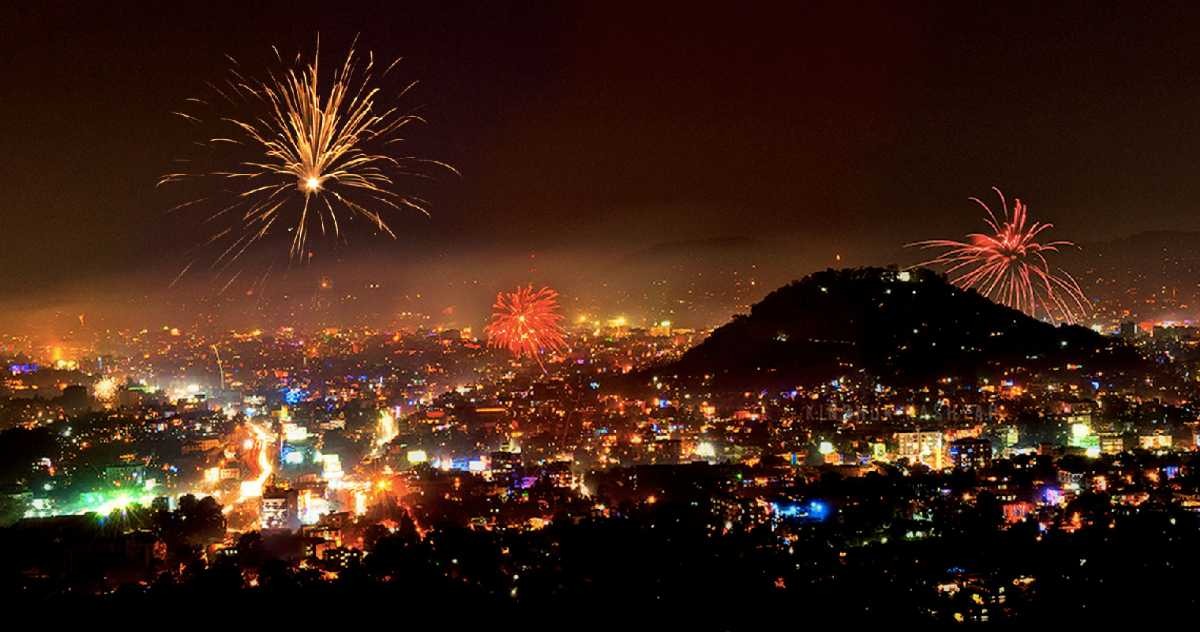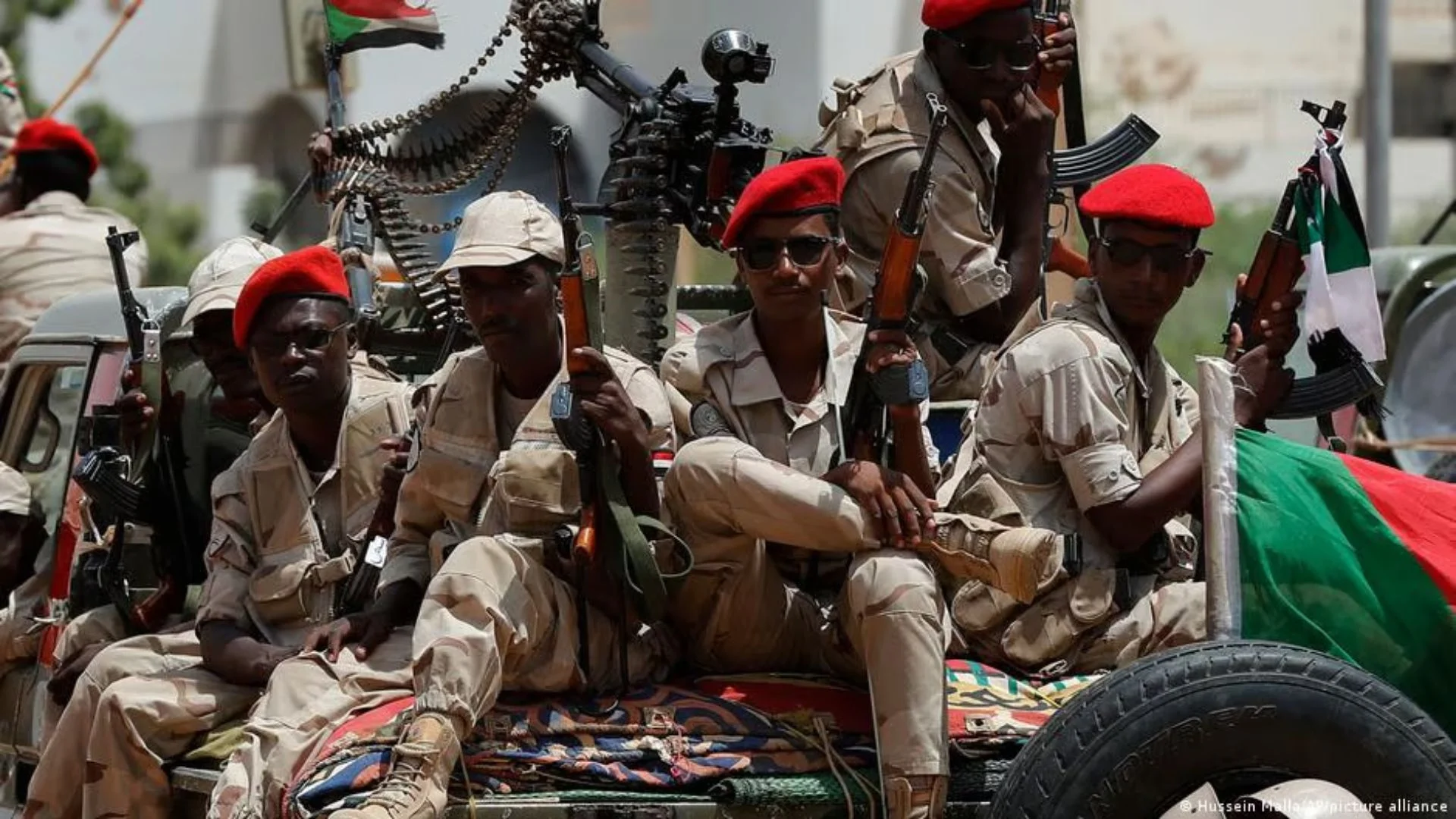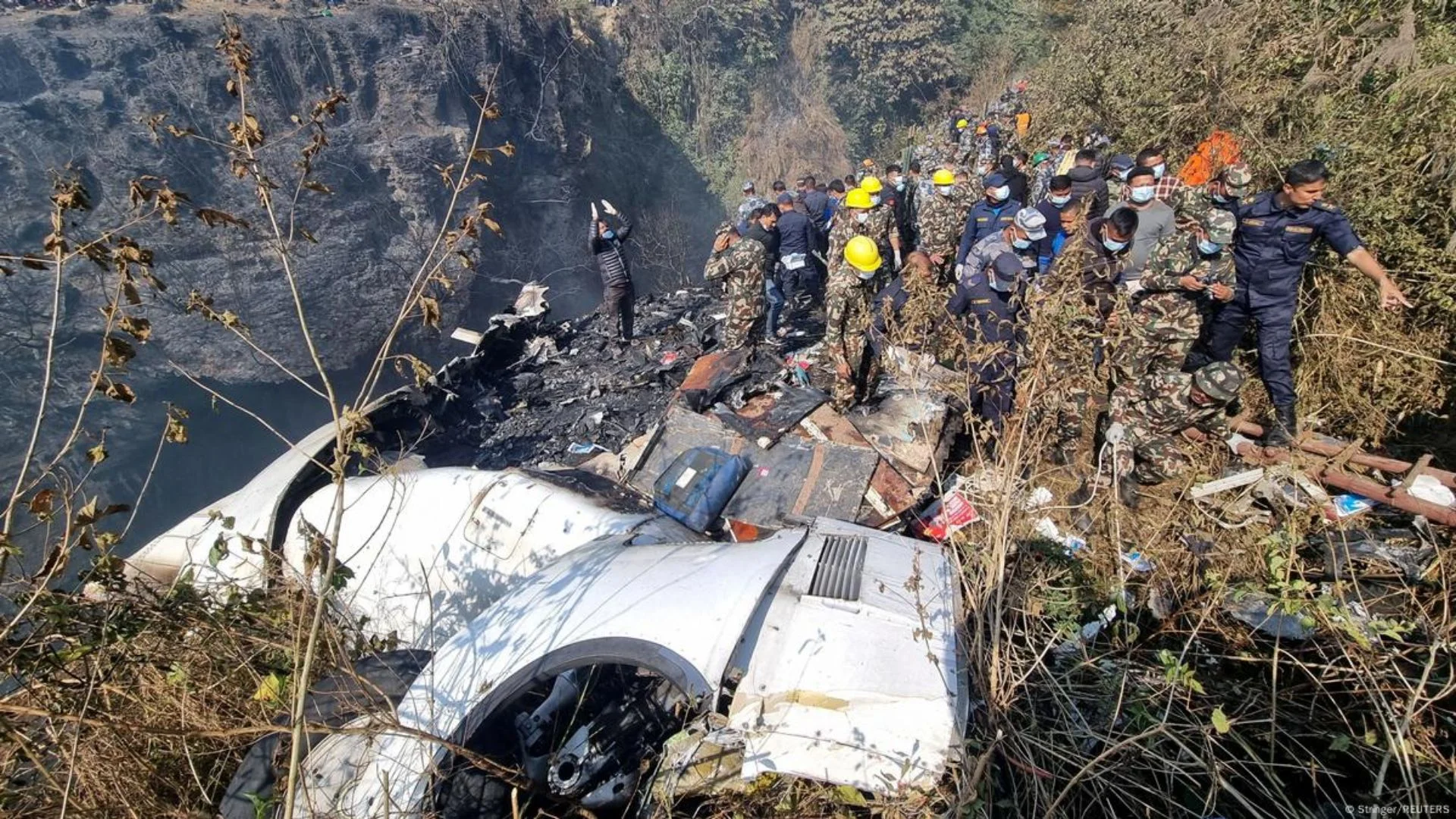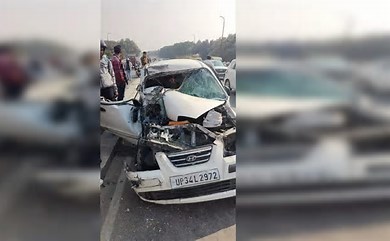The Festival of Lights, celebrated primarily as Diwali in India, is one of the most significant and vibrant festivals in the Hindu calendar. Spanning five days, Diwali represents the victory of light over darkness and good over evil. It is a time for families to come together, engage in rituals, and celebrate with joy and enthusiasm. This article explores the rich traditions, rituals, and significance of each day of this week-long celebration, highlighting how it brings people together in unity and joy.
Day 1: Dhanteras
The festival begins with Dhanteras, which falls on the thirteenth day of the dark fortnight of Kartika. This day is dedicated to Lord Dhanvantari, the god of Ayurveda, and marks the beginning of the Diwali festivities.
Significance: Dhanteras is considered auspicious for purchasing metals, especially gold and silver, as it is believed to bring wealth and prosperity into the household. Families clean and decorate their homes, welcoming wealth and fortune.
Rituals: People perform rituals to worship Lord Dhanvantari, often setting up his idol or image and offering flowers, fruits, and sweets. The evening is marked by the lighting of diyas (oil lamps) to ward off negativity and invite positive energy. Shopping for gold and silver items is a common practice, with many families investing in jewelry or utensils.
Day 2: Naraka Chaturdashi (Choti Diwali)
The second day of Diwali is known as Naraka Chaturdashi or Choti Diwali. This day commemorates the victory of Lord Krishna over the demon Narakasura, symbolizing the triumph of good over evil.
Significance: Naraka Chaturdashi is a reminder of the importance of overcoming darkness in one’s life and the renewal of hope. It encourages people to reflect on their personal battles and victories.
Rituals: The day starts with an early morning ritual called “Abhyanga Snan,” where devotees take a ritual bath with fragrant oils. Homes are decorated with rangoli (colorful patterns made from powders) at the entrance. People light diyas and burst firecrackers to celebrate, marking the approach of the main Diwali festivities.
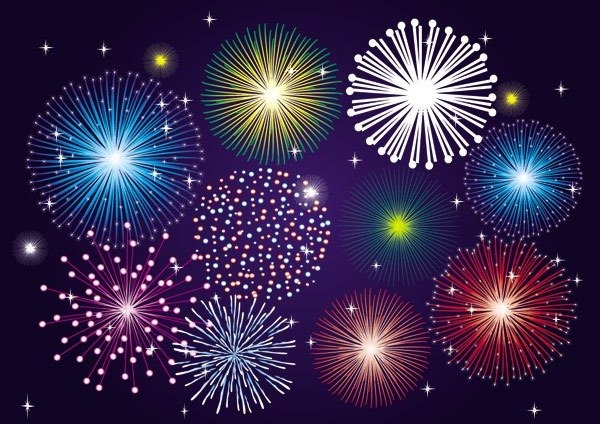
Day 3: Diwali (Lakshmi Puja)
The third day is the main Diwali celebration, often referred to simply as Diwali. This day is dedicated to Goddess Lakshmi, the deity of wealth, prosperity, and abundance.
Significance: Diwali symbolizes the return of Lord Rama to Ayodhya after defeating Ravana, as well as the worship of Goddess Lakshmi for blessings in wealth and prosperity. It is a time for family reunions, joy, and celebration.
Rituals: Families gather for Lakshmi Puja in the evening, where they clean their homes and prepare an altar for the goddess. The puja includes offerings of sweets, fruits, and flowers, along with prayers for prosperity. Homes are illuminated with diyas, candles, and electric lights, creating a festive atmosphere. The night is filled with fireworks, music, and delicious feasts, as families share sweets and gifts.
Day 4: Govardhan Puja (Annakut)
The fourth day of the festival is known as Govardhan Puja or Annakut, commemorating the lifting of the Govardhan Hill by Lord Krishna to protect the villagers from heavy rains.
Significance: This day emphasizes gratitude towards nature and the importance of nurturing the environment. It symbolizes the bond between the divine and nature.
Rituals: On Govardhan Puja, devotees create a representation of Govardhan Hill using cow dung and decorate it with flowers and colorful powders. A variety of vegetarian dishes, known as Annakut, are prepared and offered to Lord Krishna as a mark of gratitude. Families visit temples, engage in singing bhajans (devotional songs), and participate in community feasts.
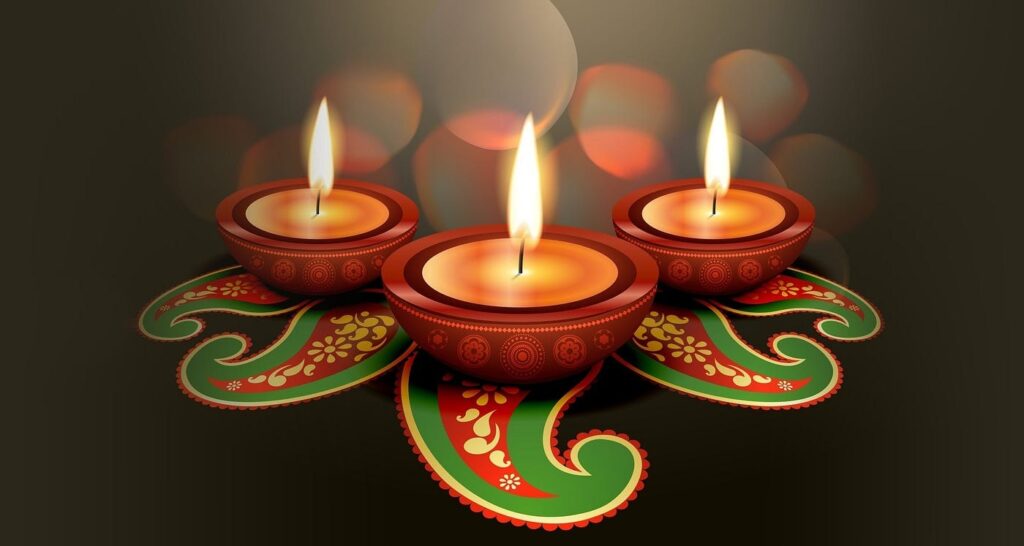
Day 5: Bhai Dooj
The final day of the Diwali celebrations is Bhai Dooj, which celebrates the bond between brothers and sisters.
This day symbolizes love and protection within families, highlighting the special relationship shared between siblings. It is a time to express gratitude and strengthen familial ties.
On Bhai Dooj, sisters perform aarti (a ceremonial worship ritual) for their brothers, applying a tilak (mark) on their foreheads and praying for their well-being. In return, brothers give gifts and promise to protect their sisters. Families often come together for a special meal, sharing sweets and enjoying each other’s company.
The Festival of Lights is not merely a celebration of rituals and traditions; it represents hope, renewal, and the triumph of good over evil. Each day of the week-long festivities holds unique significance, bringing families and communities together in joyous celebration.
Cultural Significance and Modern Celebrations
Beyond its religious importance, the Festival of Lights embodies cultural richness and unity. People from diverse backgrounds participate in the celebrations, showcasing India’s pluralistic ethos. The festival has transcended regional boundaries, with many communities celebrating it regardless of their religious affiliations.
In urban areas, Diwali has evolved into a grand spectacle, with elaborate decorations, light displays, and community events. Markets buzz with activity as people shop for new clothes, gifts, and festive treats. Many businesses offer discounts and promotions during this time, reflecting the economic significance of the festival.
Social media has also played a role in modern celebrations, with families sharing their festive moments online, connecting with loved ones across distances. Virtual gatherings have become more common, especially in recent years, allowing people to maintain traditions even when apart.
The Festival of Lights is not merely a celebration of rituals and traditions; it represents hope, renewal, and the triumph of good over evil. Each day of the week-long festivities holds unique significance, bringing families and communities together in joyous celebration. As people light diyas, exchange gifts, and partake in feasts, they reinforce the bonds of love, unity, and gratitude. Whether through ancient rituals or modern adaptations, the essence of Diwali remains timeless, continuing to inspire joy and hope in the hearts of millions.

